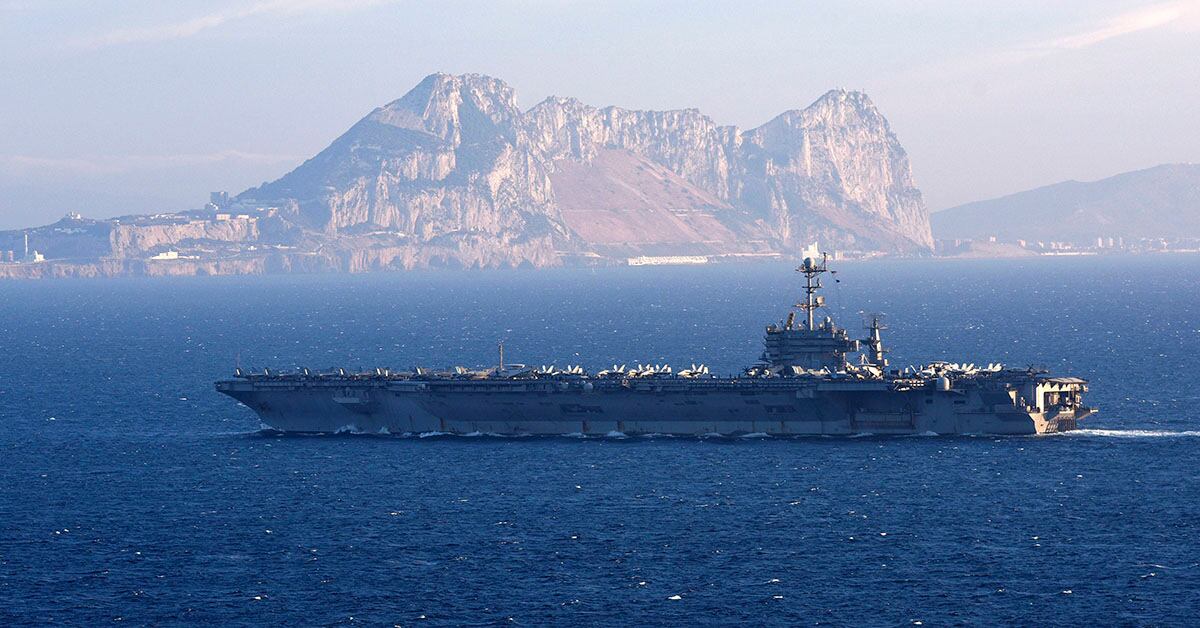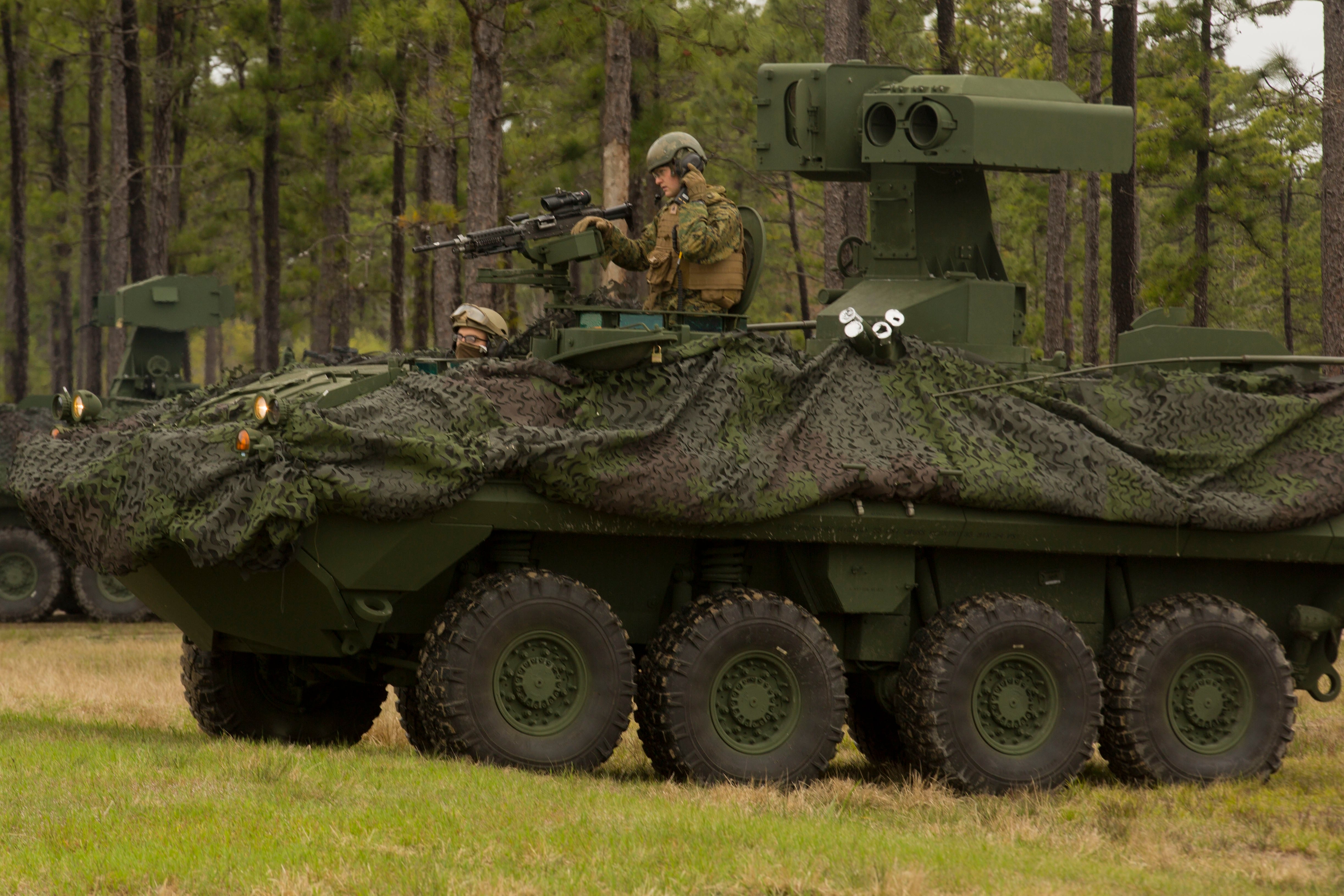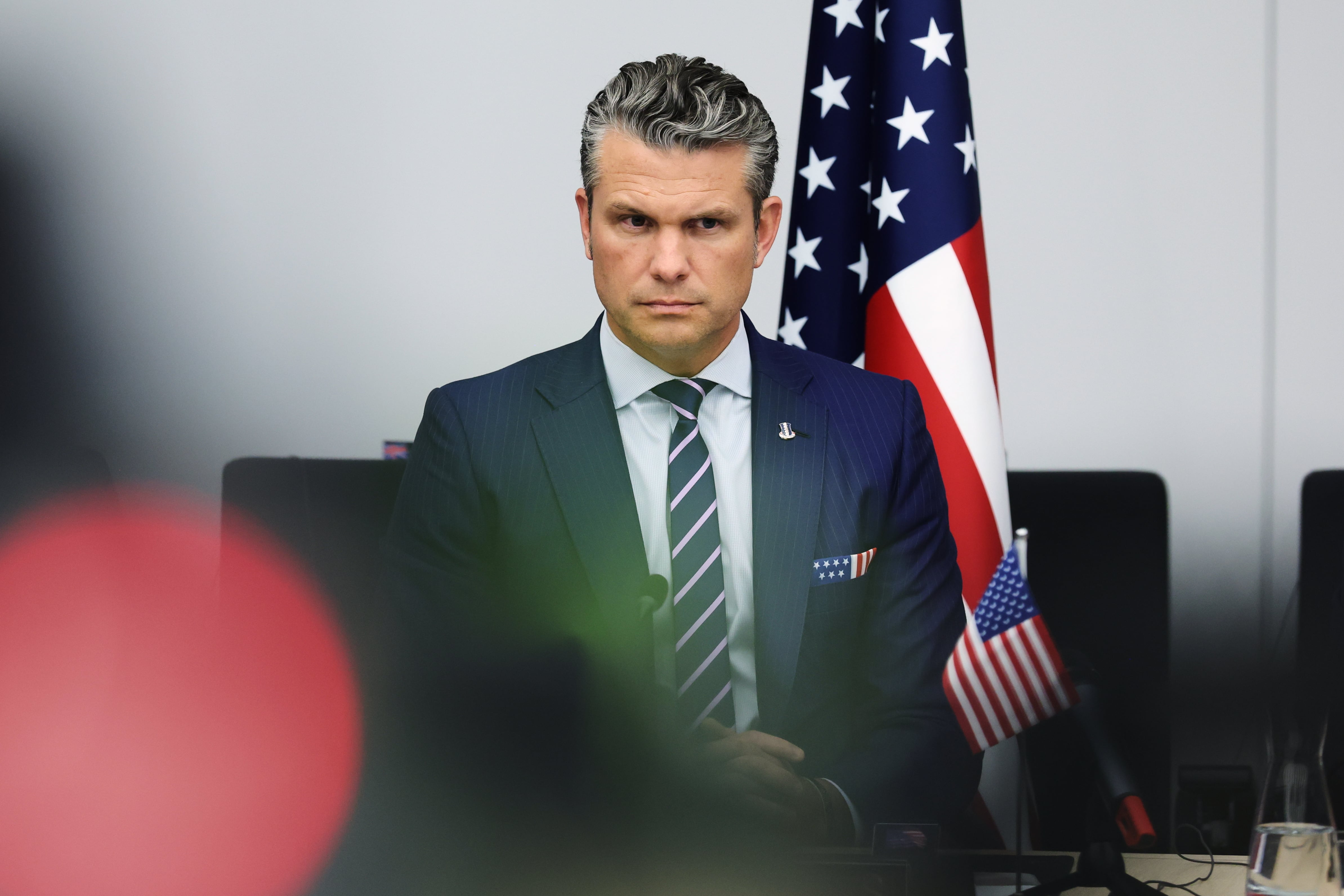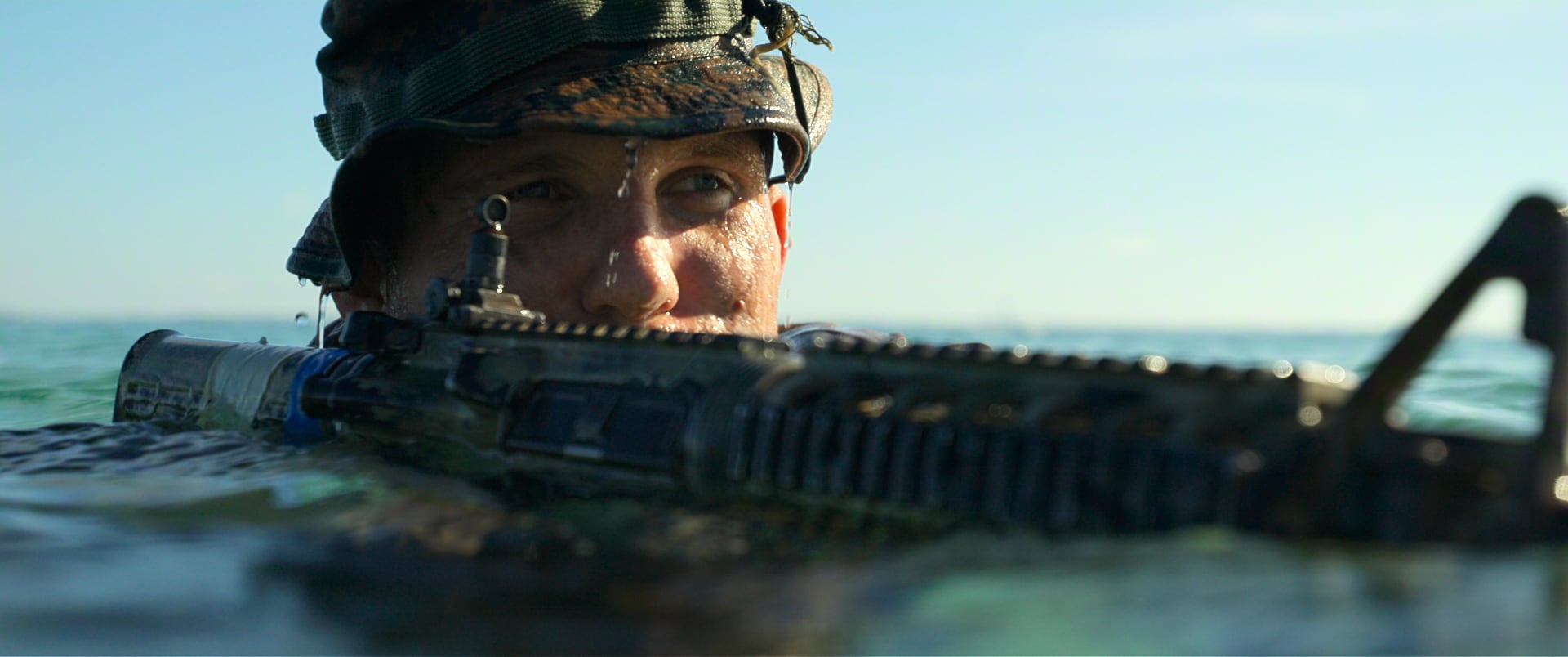BRUSSELS – The Harry S. Truman Carrier Strike Group has made a rapid return to Europe in order to participate in a large-scale NATO exercise beginning later this month, alliance officials said on Tuesday.
After arriving in Norfolk, Virginia, in July following a three-month deployment, the carrier returned to the European theater on Sept. 16 and is now set to play a key role in Trident Juncture 2018, NATO’s largest exercise in two decades. Forces from all 29 NATO members plus partner nations Sweden and Finland will participate in the drill.
The announcement was made at a news conference at NATO headquarters in Brussels on Tuesday by Adm. James G. Foggo, commander of U.S. Naval Forces Europe-Africa and the head of all NATO naval forces.
Foggo told reporters that the Truman group's participation would drive up the number of exercise forces by 6,000.
Truman’s abbreviated deployment to Europe in the summer was a radical U.S. step toward the ultimate goal of restoring readiness so forces can be ready for a major conflict on short notice.
A dramatic shift from the U.S. Navy’s standard seven-month cycle, the decision to cut the formation's deployment short was in line with a concept pushed by U.S Defense Secretary Jim Mattis and known as “dynamic force employment,” which calls on the military to be more agile and less predictable.
RELATED

Speaking of the group’s return to Europe, Foggo said: “I couldn’t be happier about that.”
He expressed delight that the aircraft carrier and its air wing, a guided missile cruiser and guided missile destroyers will resume operations in the North Atlantic.
“It really showcases the flexibility of the United States Navy to operate where and when it needs to be in support of our allies and partners in the theater, as well as in support of our United States national security interests,” Foggo said. “Trident Juncture 18 is going to test our ability to plan and conduct a major collective defense operation.”
He described the drill, which will run from Oct. 25 through Nov. 7, as a “valuable platform for us to work with partners and exchange best practices and work together as an alliance to address crises.”
Foggo also said the U.S. Navy and NATO are addressing regional challenges stemming from a more aggressive Russian military.
“Collective defense has become a more prominent feature of NATO exercises due to the changes in the security landscape, particularly with regard to the illegal annexation of Crimea by Russia,” he said. “Russia has renewed its capabilities in the North Atlantic and the Arctic in places not seen since the Cold War.”
He added, “I remain concerned about the potential for miscalculation.”
RELATED

Trident Juncture 2018 is hosted by Norway and will focus on answering the call for help by a NATO ally during a simulated Article 5 scenario. Article 5 is NATO’s rarely-used collective defense clause. The drill will take place in central and eastern Norway, the surrounding areas of the North Atlantic and the Baltic Sea, including Iceland and the airspace of Finland and Sweden.
All told, the exercise involves roughly 45,000 personnel, 70 ships, 120 aircraft, and 10,000 vehicles, said Foggo. “And those numbers are growing every day.”
Martin Banks covered the European Union, NATO and affairs in Belgium for Defense News.





